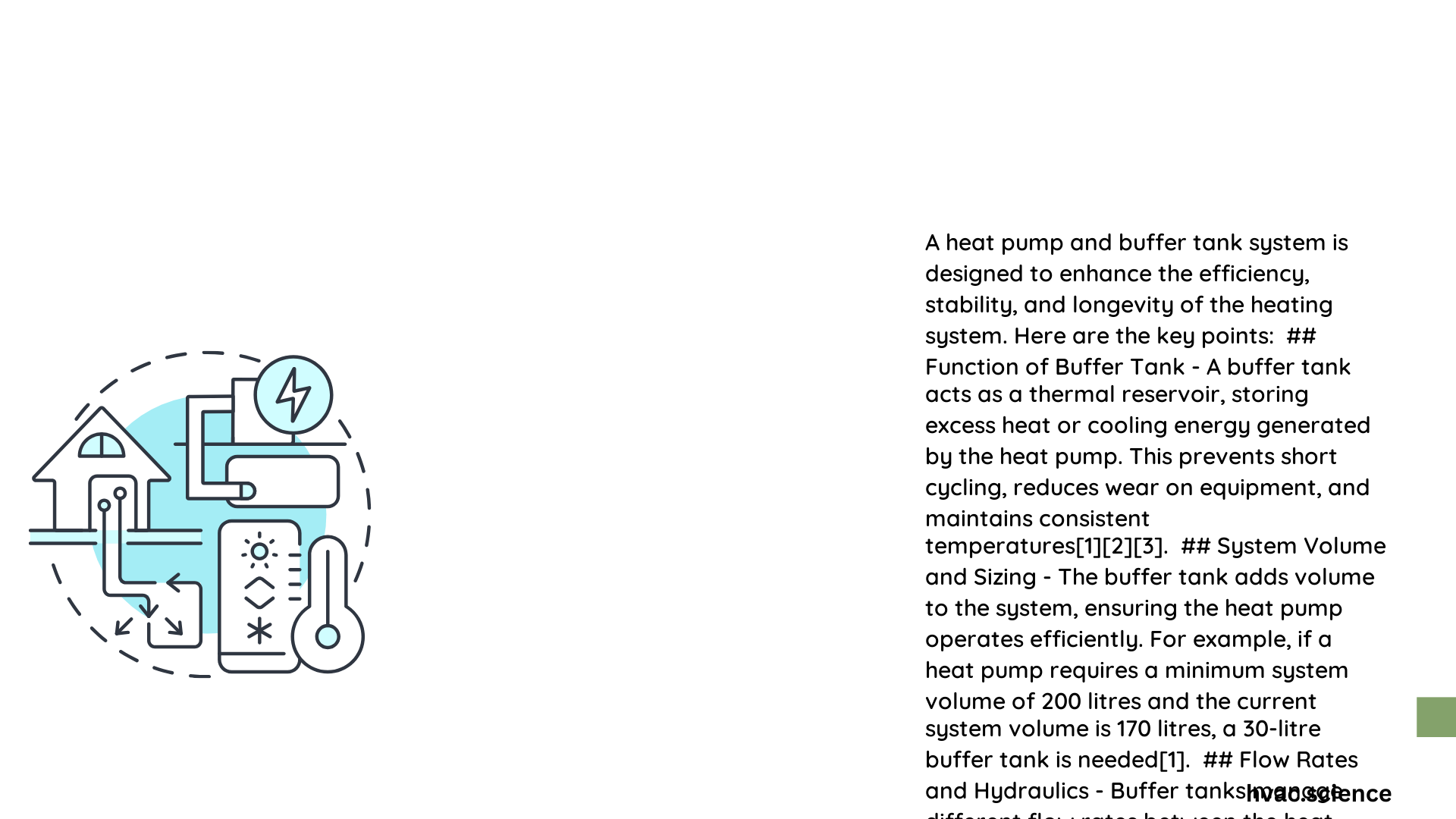Heat pump systems require precise thermal management to ensure optimal performance and longevity. A buffer tank acts as a critical thermal reservoir, stabilizing system temperatures, reducing equipment cycling, and enhancing overall energy efficiency. By strategically storing and releasing thermal energy, buffer tanks help heat pumps maintain consistent output and minimize mechanical stress.
What Makes Buffer Tanks Essential for Heat Pump Performance?
Why Do Heat Pumps Need Buffer Tanks?
Buffer tanks serve multiple crucial functions in heat pump systems:
- Temperature Stabilization
- Prevent rapid temperature fluctuations
- Maintain consistent thermal output
-
Reduce mechanical stress on heat pump components
-
Cycling Prevention
- Minimize frequent start-stop operations
- Extend equipment lifespan
- Improve overall system efficiency
How Do Buffer Tanks Work in Heat Pump Systems?
Thermal Dynamics of Buffer Tanks
| Component | Function | Impact |
|---|---|---|
| Thermal Storage | Absorb excess heat | Reduces system strain |
| Temperature Stratification | Maintain temperature layers | Improves energy transfer |
| Hydraulic Separation | Prevent direct system mixing | Enhances system performance |
What Factors Determine Buffer Tank Size?
Key Sizing Parameters
Critical factors for determining buffer tank volume include:
- Heat pump BTU output
- Minimum system run time
- Thermal load requirements
- Allowable temperature differential
Residential Sizing Formula
[
V = M \times \frac{Q_H – Q_M}{T \times 500}
]
Where:
– ( V ) = Buffer Tank Volume (Gallons)
– ( M ) = Minimum Heat Source Run Time
– ( Q_H ) = Heat Source Output Minimum (BTU/Hr.)
– ( Q_M ) = Minimum System Load (BTU/Hr.)
– ( T ) = Tank Temperature Rise
What Are Installation Best Practices?
Critical Installation Steps
- Location Selection
- Choose accessible area
- Ensure proper ventilation
-
Minimize pipe length
-
Piping Configuration
- Use appropriately sized connections
- Install bypass valves
-
Implement thermal insulation
-
Sensor Placement
- Install temperature monitoring devices
- Verify accurate thermal readings
- Enable system performance tracking
How Much Energy Can Buffer Tanks Save?
Efficiency Metrics
- Potential energy savings: 10-20%
- Reduced equipment wear
- Extended system lifespan
- Lower maintenance costs
What Are Common Challenges?
Potential Buffer Tank Limitations
- Improper sizing
- Inadequate insulation
- Incorrect installation
- Lack of regular maintenance
Expert Recommendations
- Consult professional HVAC designers
- Use manufacturer-specific guidelines
- Perform regular system inspections
- Monitor thermal performance
Conclusion

Buffer tanks represent a sophisticated solution for optimizing heat pump performance, offering significant benefits in thermal management, energy efficiency, and equipment longevity.
